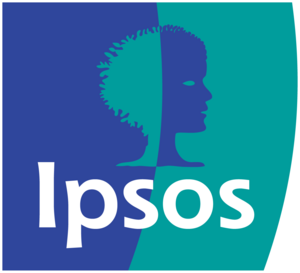Nielsen not expecting real OCR revenue until 2013
Speaking to analysts yesterday after the company published its second-quarter results, Calhoun said 2013 was when the company would be most likely to see the first real fruits of its investment in a measurement system that aims to gauge audience size and reach for online ads in a way that is comparable to TV ratings.
OCR is already being used to measure 1,000 campaigns, with 70 advertisers and media agencies and 60 publishers involved, among them big names like Unilever, Kraft and Johnson & Johnson. “I really do like the penetration and the confidence that we’re seeing in each of the necessary constituents,” Calhoun said. “But I think I probably underestimated the importance of the agency role and their ability to ingrain it into their systems.”
Calhoun described media agencies as “the crowd that stands between everybody”. They have to learn how to embed OCR in their systems and how to buy differently, he said.
“It’s not a small matter for them to think about how to ingrain it into their business model,” said Calhoun. “We’ve had a few that just quickly jumped out of the gates, embraced it and built their own products around it, but they’re all beginning to understand the benefits of the accountability metric.”
OCR was launched last August and provides reach, frequency and gross rating point measures for online adverts.
The system works using pixel-tracking, so that when a particular display or video advertisement is shown in a browser its embedded tag pings Nielsen’s servers, which in turn calls the web user’s browser to check whether they are a Facebook user. If a Facebook cookie is found, this triggers a call to Facebook which can then assign age and gender information for the user who encountered that ad tag.
At the end of each day Facebook sends Nielsen aggregate-level reports for each ad tag containing reach and frequency information in anonymous age and gender categories. The ad tags are decrypted by Nielsen and performance reports are sent to advertisers.
Calhoun said that its recent acquisition, Vizu, sits “right alongside OCR” to measure the resonance of an ad alongside its reach.
Vizu’s platform has two key components: Audience Incite, which attempts to work out the characteristics of a website’s audience by asking a single question of a selection of visitors to quantify the incidence of particular attributes; and Ad Catalyst, which uses the same poll-based approach to ask visitors about purchase intent, brand awareness and overall sentiment.

We hope you enjoyed this article.
Research Live is published by MRS.
The Market Research Society (MRS) exists to promote and protect the research sector, showcasing how research delivers impact for businesses and government.
Members of MRS enjoy many benefits including tailoured policy guidance, discounts on training and conferences, and access to member-only content.
For example, there's an archive of winning case studies from over a decade of MRS Awards.
Find out more about the benefits of joining MRS here.











0 Comments